April 24, 2017
WeWork extends property as a service offering as IBM takes on entire coworking building 0
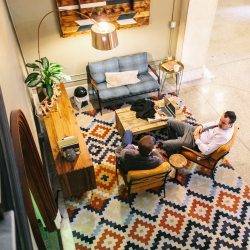 In a deal of enormous significance for the commercial property and workplace sectors, IBM has agreed a deal with coworking giant WeWork to take on all the space at its 88 University Place office in New York. Although originally targeted at startups and freelancers, especially those working in the creative and technology sectors, a growing number of corporate clients are seeing the appeal of coworking space in a fast changing world and now make up over a fifth of WeWork’s membership worldwide. Meanwhile, in moves that are sure to have major implications for the corporate real estate and facilities management market, WeWork has also announced plans to become a major real estate investor and introduce a wider range of FM services. The firm already operates in 135 locations spread across 44 cities in 14 countries.
In a deal of enormous significance for the commercial property and workplace sectors, IBM has agreed a deal with coworking giant WeWork to take on all the space at its 88 University Place office in New York. Although originally targeted at startups and freelancers, especially those working in the creative and technology sectors, a growing number of corporate clients are seeing the appeal of coworking space in a fast changing world and now make up over a fifth of WeWork’s membership worldwide. Meanwhile, in moves that are sure to have major implications for the corporate real estate and facilities management market, WeWork has also announced plans to become a major real estate investor and introduce a wider range of FM services. The firm already operates in 135 locations spread across 44 cities in 14 countries.





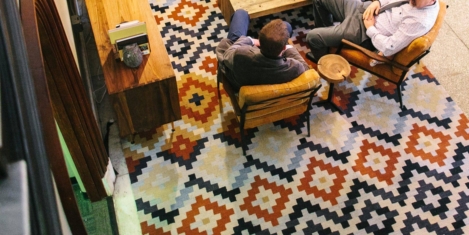
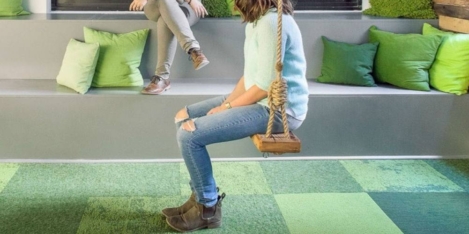
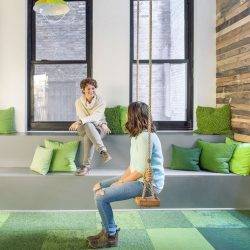

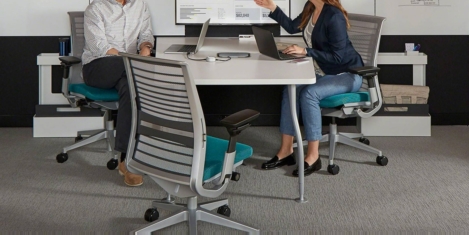
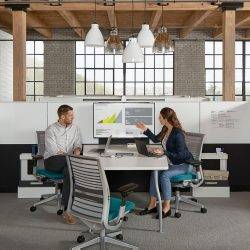


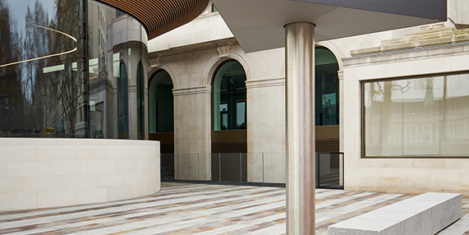

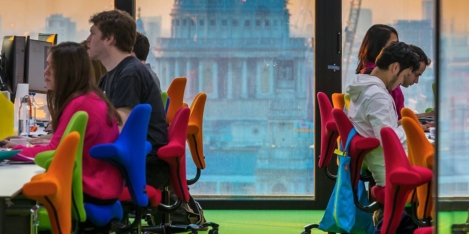

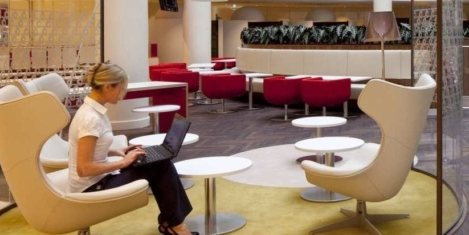
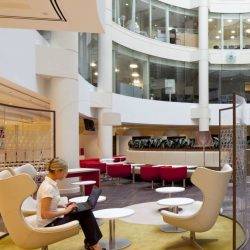


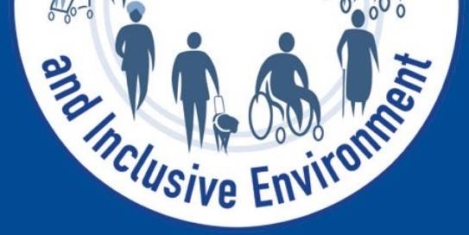
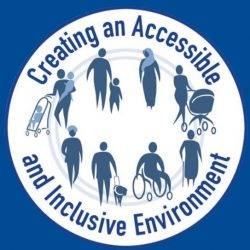











March 8, 2017
In a crowd of truths, we can discern and reclaim what it means to be human 0
by Neil Usher • Comment, Facilities management, Technology, Workplace design
(more…)